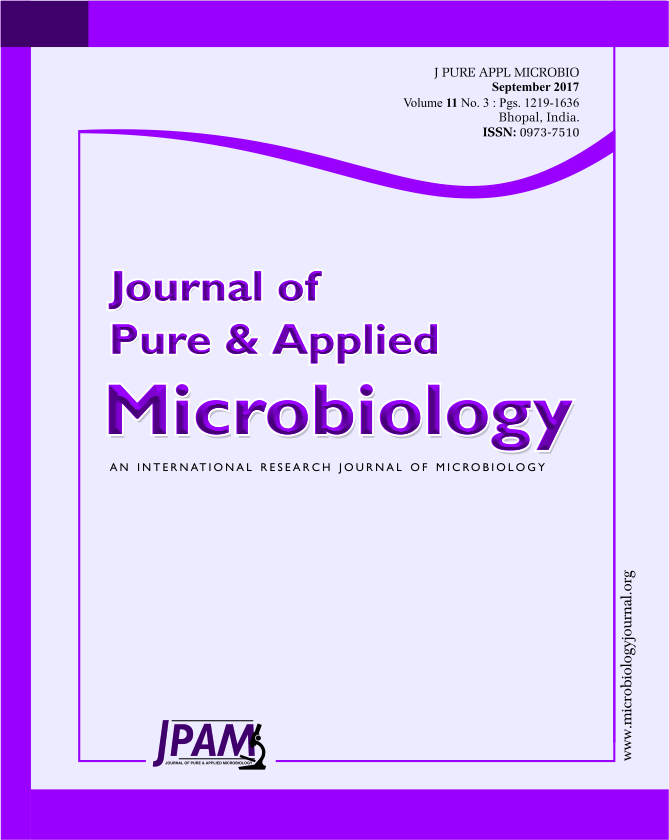In this research, extracellular fungal extracts containing Pleurotus ostreatus and Pleurotus djamor were used for the removal of erionyl blue A-R (anthraquinone) and solophenyl black FR (azo) textile dyes in artificially contaminated water at 200 ppm. For erionyl blue A-R, removals of up to 93.6 and 42.85% were achieved, and for solophenyl black FR of 27 and 31.14%, using the enzymatic extracts of P. ostreatus and P. djamor respectively. Enzymatic activity values of 888.41 IU and 152.22 IU were reached for the laccases obtained from the submerged culture extract of Pleurotus ostreatus and Pleurotus djamor respectively. The extract obtained from P. ostreatus was partially purified using dialysis and anion exchange chromatography (DEAE), by polyacrylamide gel electrophoresis. A molecular mass of 67 kDa was determined.
Pleurotus, dye, laccase, enzyme.
© The Author(s) 2017. Open Access. This article is distributed under the terms of the Creative Commons Attribution 4.0 International License which permits unrestricted use, sharing, distribution, and reproduction in any medium, provided you give appropriate credit to the original author(s) and the source, provide a link to the Creative Commons license, and indicate if changes were made.


